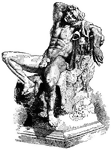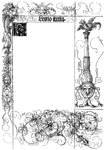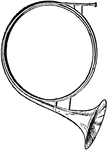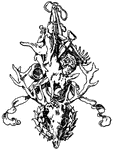Clipart tagged: ‘Munich’

The Barberini Faun, or Drunken Satyr
Illustration of the life-size marble statue located in Munich, Germany. It was found in 1620 in a moat…

A Page from the Emperor Maximilian's Prayer Book
This is a Page from the Emperor Maximilian's Prayer-Book. The drawings in the margins where created…

Glyptothek at Munich
"In contrast to the Berlin school is that of Munich, which was founded by Gärtner. Its influence, which…

